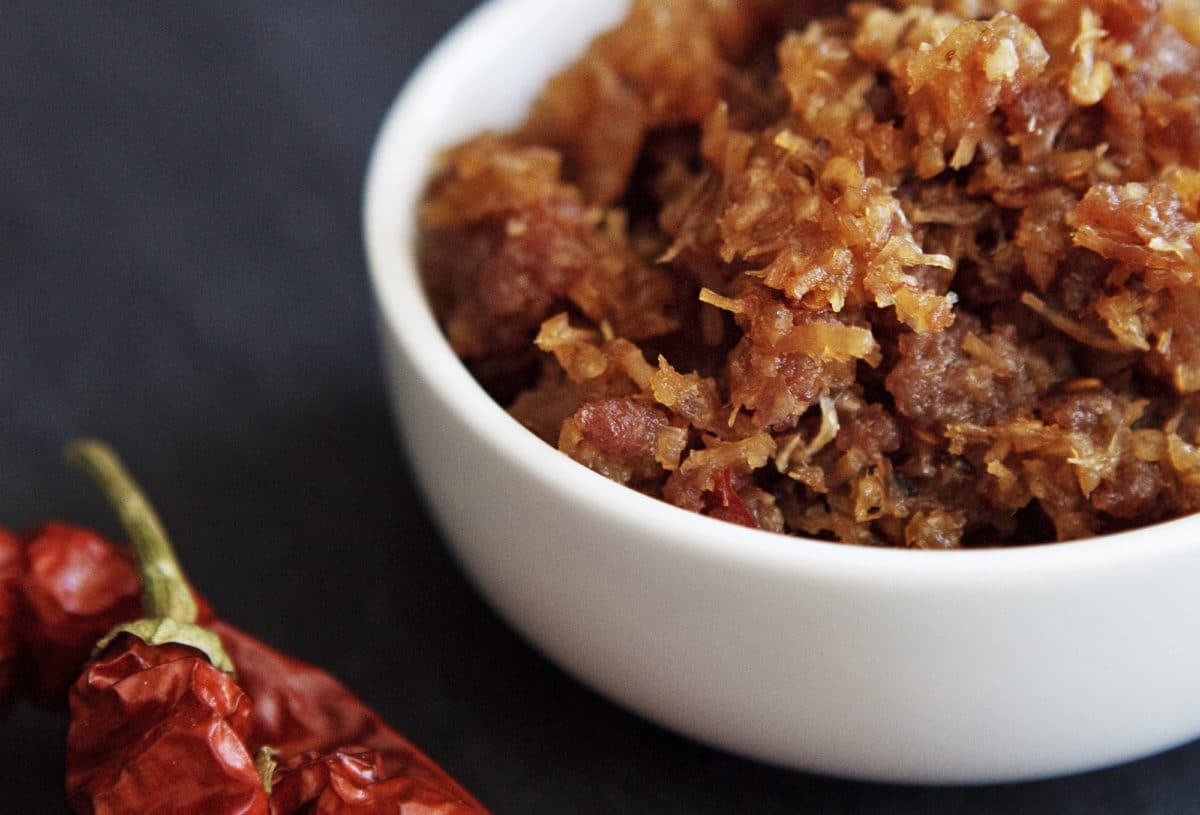Chinese Cucumbers and Chili Peppers
Chinese Cucumbers and Chili Peppers–
Cool and Hot in the Garden.
I did not love cucumbers until later in life. Growing up, I considered them to be my sister’s “emergency food.” You see, some days when we returned from school or from the pool, hungry from being kids all day, sweaty from riding our bikes back, our mom would not be home yet. Without a house key, and with snacks and juice boxes depleted, my sister would go straight back to the garden, pick a nice green cucumber, wipe it down with something and start munching.
Because really, what is not to love about a cucumber? It is amazingly refreshing on a hot summer day, provides a bit of hydration due to its high-water content, and has a mild, cool, fresh taste. Chinese cucumbers in particular, the type my father grew in the backyard garden, are even better than conventional Western cucumbers. With a slimmer profile, they have fewer seeds, are known to be sweeter, and tend to be more digestible. In fact, many people may have actually grown Chinese cucumbers without knowing it. Often the “burpless” varieties sold in seed catalogs are Chinese cucumbers.
Chinese cucumbers are easy to grow. I sow seeds about 2.5 cm (1 inch) deep and about 30 cm (12 inches) apart, directly in my garden when the soil begins to warm in late spring. Since these vigorous plants produce cucumbers that can grow to 91 cm (36 inches) long, I grow them up a trellis. During the growing season, sweet and juicy cucumbers need lots of watering, and can be harvested at any stage. Perhaps this was one reason my sister went for the cucumbers – it was always easy to tell when they were ready to be harvested. When they fill out a bit, they can be picked. Pick regularly, though, as letting too many cucumbers mature on the vine may signal the plant to stop producing.
Chinese cucumbers can be eaten as you would eat any Western cucumber. They are sometimes cooked in Chinese cuisine, but I think most people enjoy them best raw, when they are juicy and mild with a hint of sweetness. My mom’s spicy pickle recipe is a delicious yin-yang of sensations – a cool pickle with a hot taste.
And speaking of hot, chili peppers are a mainstay in my garden as well. I love to grow a variety of peppers in my garden that range from the sweet bells that my daughters slice up and snack on, to the hot and versatile Chinese chili pepper. With the look of a mini cayenne pepper, Chinese peppers spice up foods like the hot foods characteristic of Hunan and Sichuan cuisines. At about 60,000 Scoville Heat Units, these 3.8 cm (1 1/2 inch) peppers have some bite!
Chinese chili peppers take about 80-100 days to harvest, so in my Zone 6 garden I generally start seeds indoors under grow lights in early spring. Giving pepper plants a month or more to grow indoors allows them a good jump start on the growing season. Peppers can take a while to germinate and some bottom heat from a heat mat will help. When the soil in the garden warms to about 15-18°C (60-65°F), I’ll harden seedlings by exposing them to the outdoor environment for increasingly longer periods of time over the course of a few days, then transplant them into the garden. Pepper plants should be spaced about 30 cm (12 inches) apart.
A few varieties of Chinese peppers such as “Facing Heaven” will actually grow pointing up, and will turn red as they ripen. Peppers should be watered deeply, but besides that, are generally pest and trouble free. Occasionally, I will find a hornworm on my plants. If you’ve caught these large, caterpillar-like pests in your garden before, you know they can devour your plants pretty quickly. Remove them promptly and check carefully for their friends.
Chinese pepper plants are prolific. This is one harvest I never worry too much about what to do with, though. There are several ways to preserve and use peppers and I use every method every summer. My mom loves to package a few whole and save them in the freezer. When she’s making a hot stir fry or noodle dish, she’ll throw them right in her wok. Personally, I love shaking hot pepper flakes on all kinds of finished dishes right at the table. I’ll make my own every summer by dehydrating peppers whole in my food dehydrator, then putting them in a bag and crushing them with a rolling pin. They go right into a spice jar, ready for sprinkling. I also love making things with the hot peppers that come out of my garden, from pepper jellies to my mom’s XO sauce. This savory hot sauce is incredible on everything from steamed edamame to fish dishes and noodles, or as a condiment served with steamed buns or dumplings.









